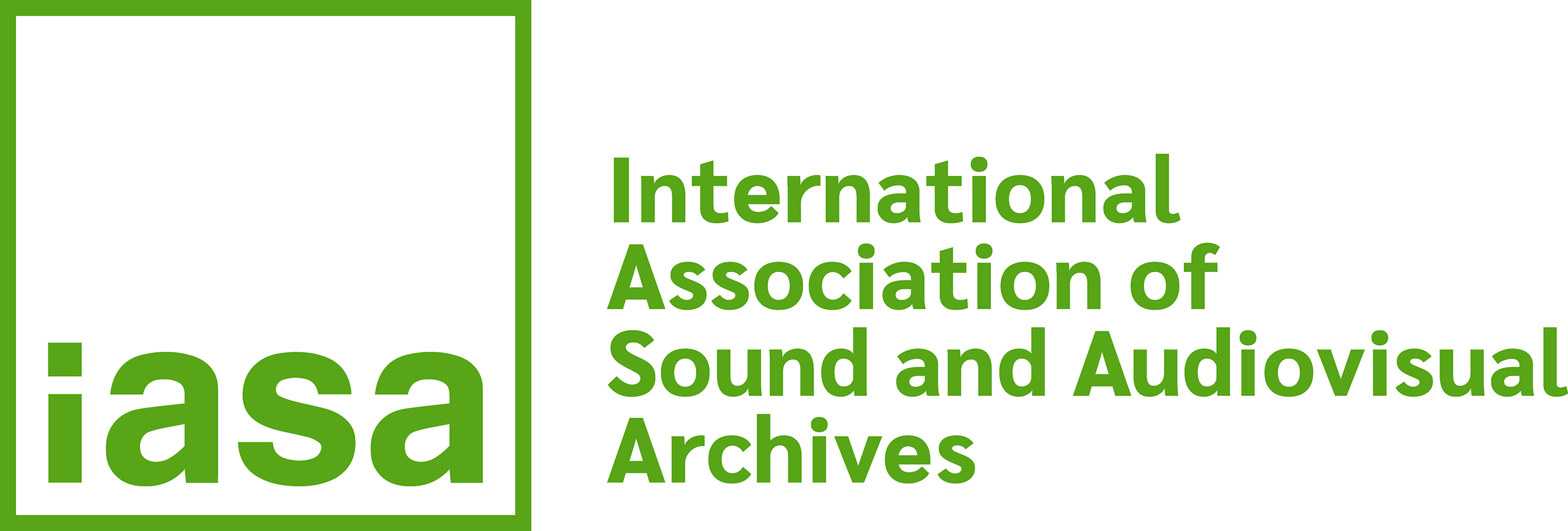6.1.9 Trusted Digital Repositories (TDR) and Institutional Responsibility
6.1.9.1 The technical specification of the digital storage environment is an important part of ensuring that the digital content that is managed is still accessible to researchers in the future. It is not of its own, however, enough to ensure that this will be achieved. The institution within which the digital archive resides has to be able to ensure that the content it manages is curated and maintained responsibly. In 2002 the Research Libraries Group (RLG) and the Online Computer Library Center (OCLC) jointly published “Trusted Digital Repositories: Attributes and Responsibilities” (TDR), which articulated a framework of attributes and responsibilities for trusted, reliable, sustainable digital repositories which were “required for an archive to provide permanent or indefinite long-term preservation of digital information”.
6.1.9.2 These attributes include compliance with the OAIS reference model, organisational viability, financial sustainability, technological and procedural suitability, the security of the system and the existence of appropriate policies to ensure that the steps are taken to manage and preserve the data.
6.1.9.3 The practical instantiation of this is a document known as the “Trustworthy Repositories Audit and Certification (TRAC): Criteria and Checklist” (2007). Using this document an archival institution can establish whether the practices, approaches and technologies they have or are planning to implement are appropriate to the permanent preservation of the digital information for which they have responsibility.
6.1.9.4 The concern which the checklist addresses incorporates three main areas: organisational infrastructure; digital object management and technologies; and technical infrastructure and security.
6.1.9.5 Organisational infrastructure provides a series of checks against appropriate governance and organisational viability, organisational structure and staffing, procedural accountability and policy framework, financial sustainability and a consideration of the licenses, and liabilities. Digital object management section considers the acquisition of content, the creation of an archivable package, planning for preservation, archival storage and planning, information management and access control. The third part of this checklist audits the system infrastructure, the use of technologies appropriate to the tasks and system and institution security.
6.1.9.6 The terminology used in the “Trustworthy Repositories Audit & Certification (TRAC): Criteria and Checklist” is chosen to represent digital archives in the broadest sense of the word, and so the document’s meaning may occasionally appear opaque to an audio archivist. Nonetheless, the issues examined and tested by it are critical to the planning and management of a digital audio archive. It is strongly recommended that the digital sound archivist uses the checklist to examine the suitability of an institution to manage a digital collection, or to identify weaknesses within an existing digital preservation strategy.

